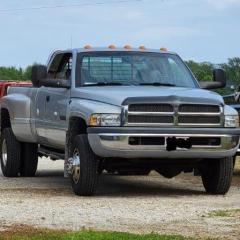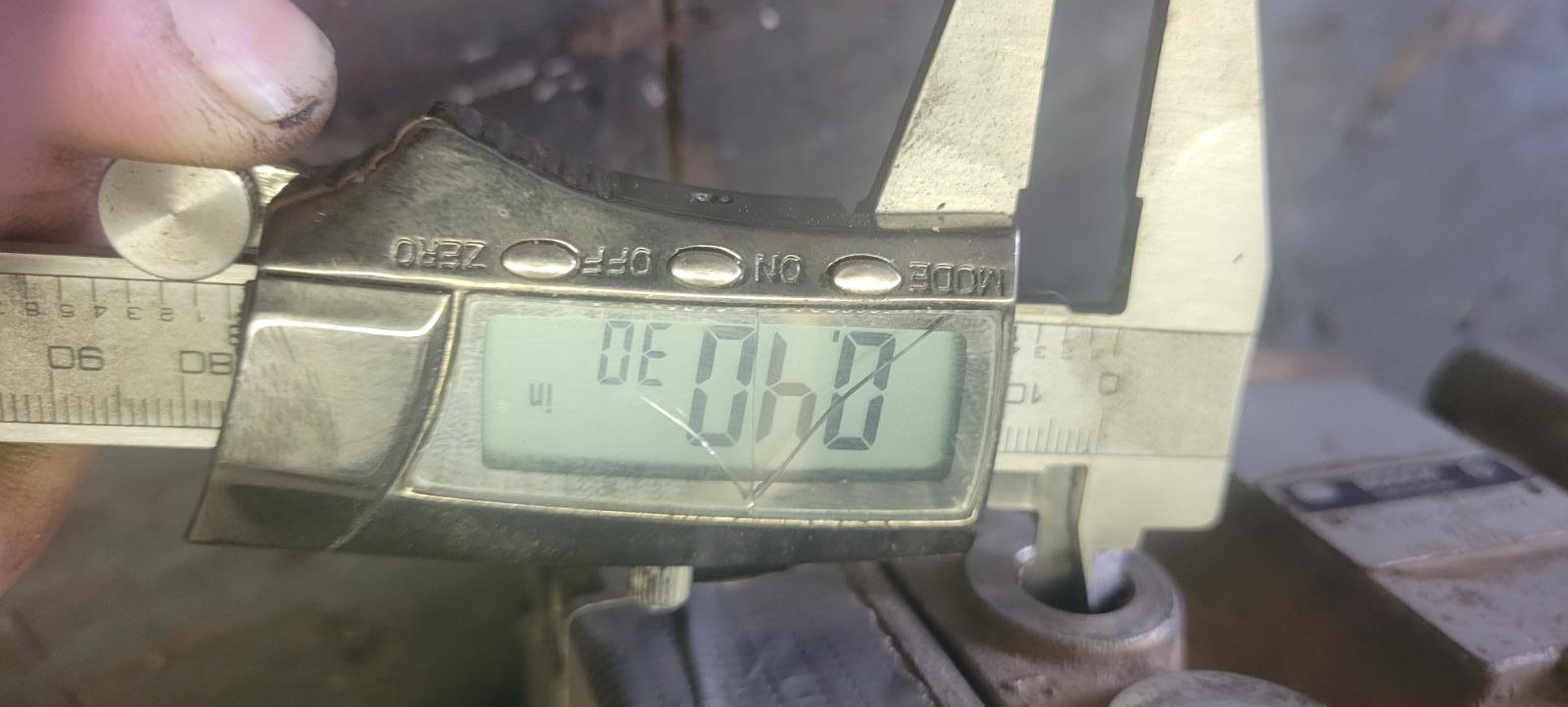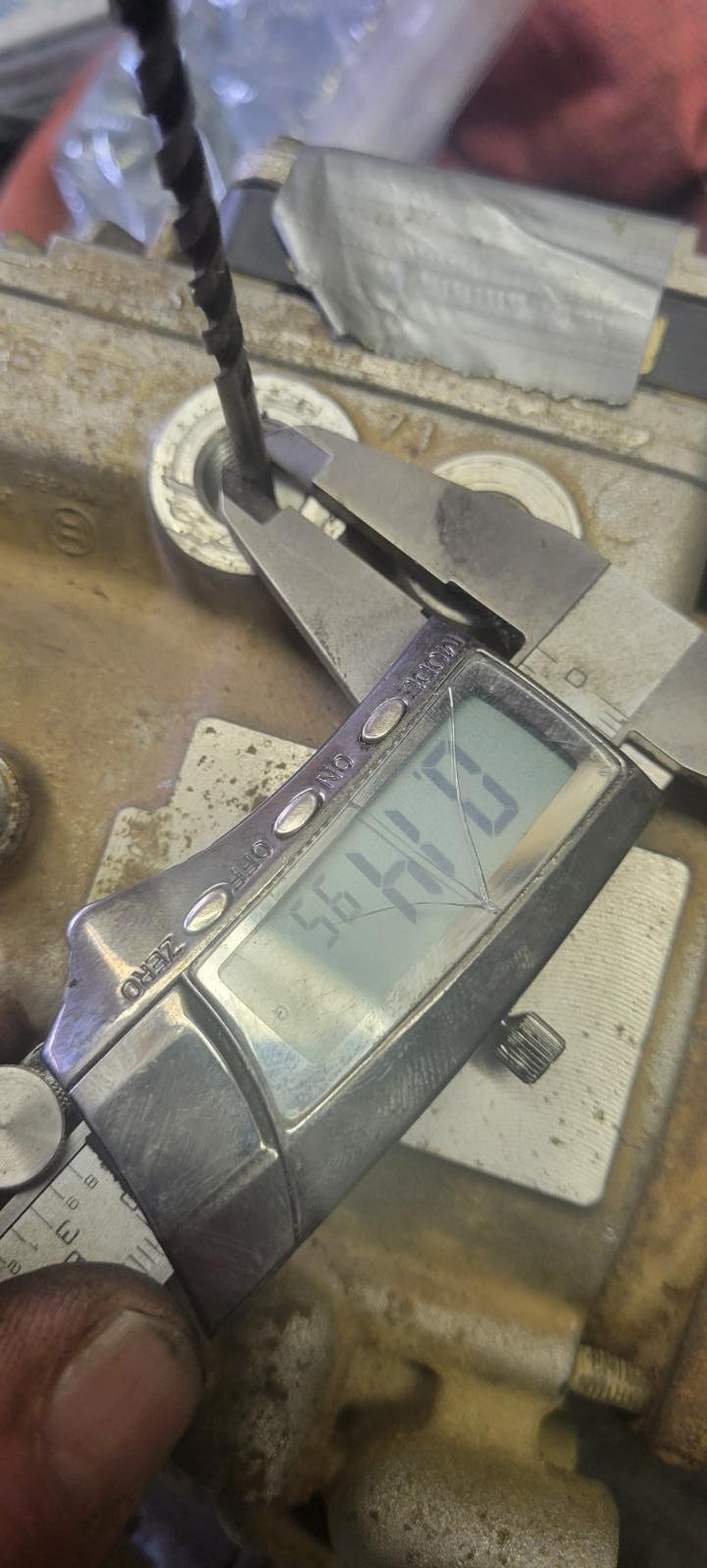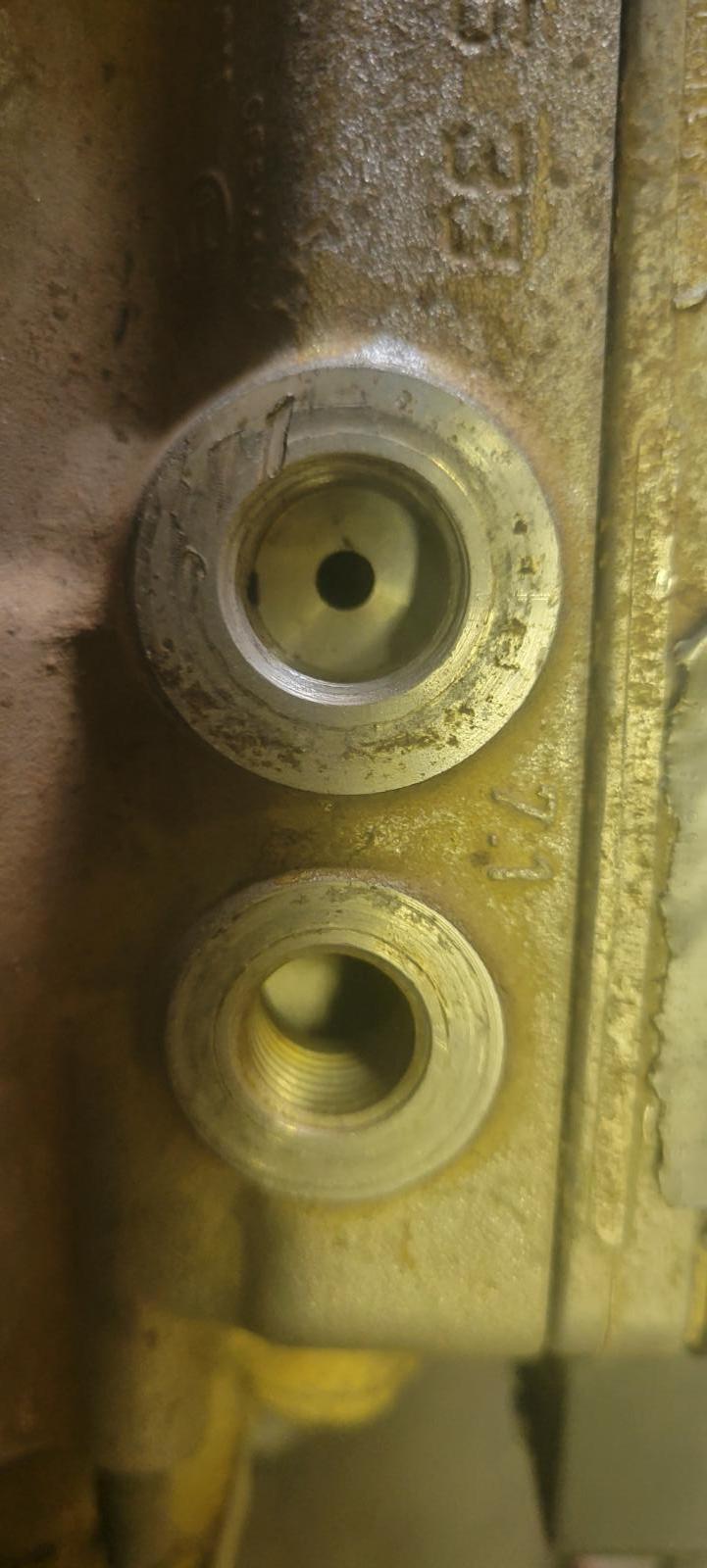- Replies 59
- Views 6.3k
- Created
- Last Reply
Top Posters In This Topic
-
Mopar1973Man 16 posts
-
Nekkedbob 10 posts
-
LorenS 9 posts
-
Doubletrouble 7 posts
Most Popular Posts
-
And back on subject. I installed one of the 12 valve thermostat late yesterday and went for a drive of about 35 miles on the 2 lanes around me. The thermostat did not open until 200 degrees and stayed
-
Make sure the thermostat isn't laying in the bottom of the pan it should be suspended In the water and the thermometer need to be near the copper pellet. When it lays on the bottom the heat of the bur
-
I would assume so, as we've discussed before. At the time I took out the 200F thermostat I figured going back to the 190F thermostat could only help lower the cylinder head temperature, and thus the










I am planning the do a cooling system maintenance on my 1998.5 and have not been able to find the correct thermostat for it . The ones that I have been handed are the large one for the 12 valve. I did try one about 7 years ago and had such wild swings in temp that I thought I had done something wrong. After much thought and trouble shooting I found that the thermostat did not look like what I removed ( my fault I did not compare them when I removed the old one). I went back with the old one and finally found one that matched. Here I am 7 years later and the only one that I can find is for the 12 valve and in their data base it said that that is the only one fits from 89 to 09 which I know is wrong.The stant pn 14289 or 46289 for the heavyduty but I could not contact anyone at stant but I did contact a gates tech support and he said that stant makes theirs but he has not got back to me yet. The picture shows the difference with the one on the left is the correct one. I have been to every place I can think to find one including cummins dealers within a 100 mile raduis and they all pull the 12 valve one. How are the rest of you finding yours. I even ordered one from Rockauto that had the correct picture but when it showed up it was the 12 valve.